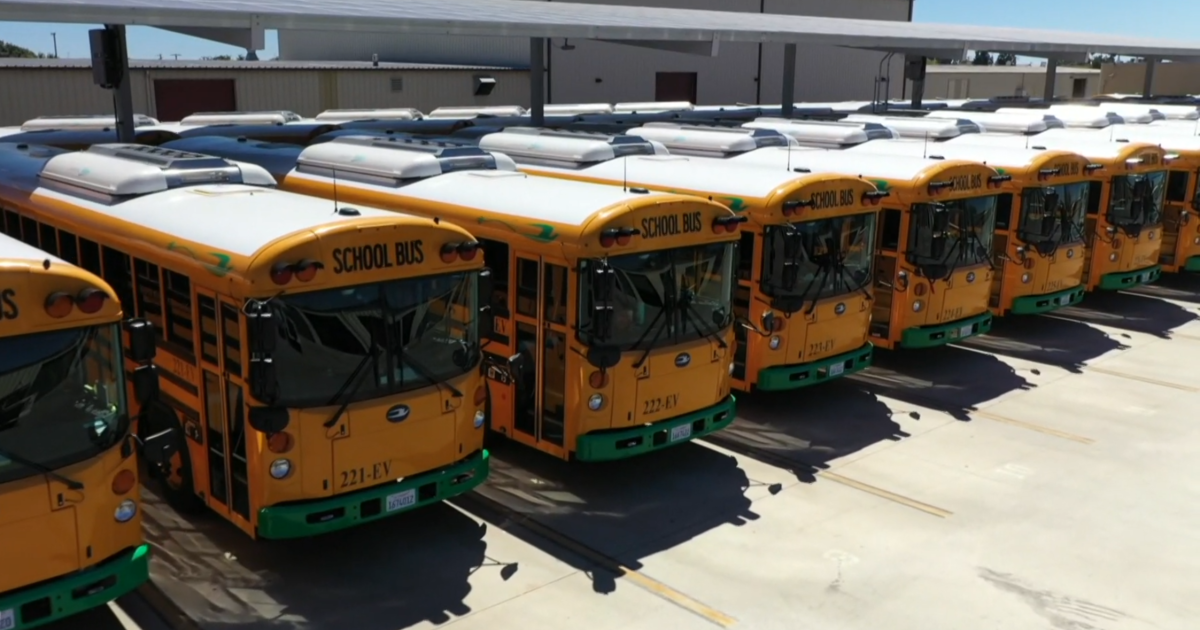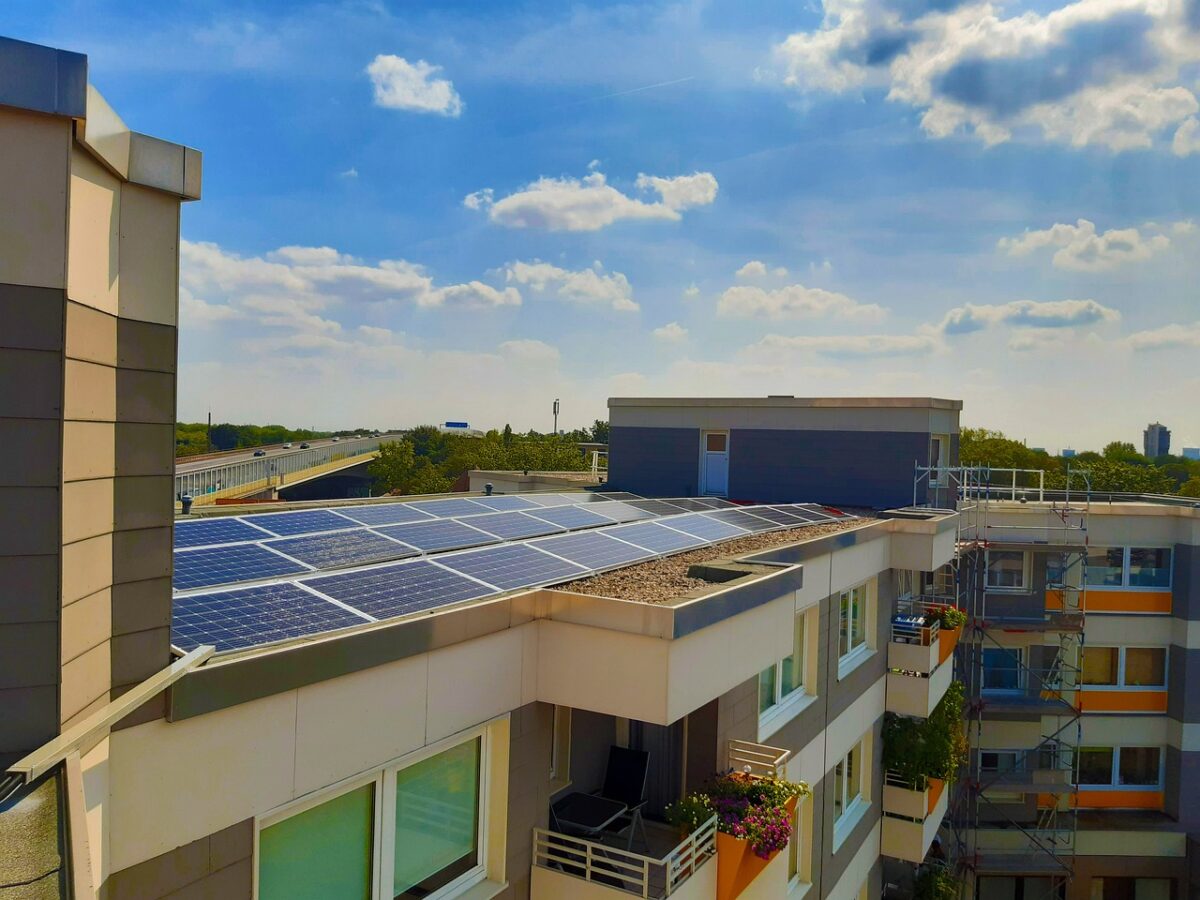The back-to-school season in the U.S. is seeing a significant shift as electric school buses join the list of essential school items. Approximately 200,000 of the 25 million students who rely on school buses will be riding in electric, battery-powered vehicles this year. Data from the World Resources Institute (WRI) reveals that over 800 school districts in the U.S. now have at least one electric bus in operation, with funding secured for about 12,000 more—roughly 2.5% of the nation’s nearly 500,000 school buses.
The Cost and Funding of Electric School Buses
While the transition to electric buses is environmentally beneficial, the financial burden on school districts is significant. Each electric bus costs around $350,000, a price tag that most districts cannot cover without external assistance. Fortunately, the Environmental Protection Agency (EPA) has stepped in with a $5 billion allocation from the bipartisan Infrastructure Investment and Jobs Act, passed in 2021. This federal funding has been crucial, covering over two-thirds of the committed electric buses, with additional support from states like California and Massachusetts.
Why School Buses Are Ideal for Electrification
According to Leah Stokes, an associate professor at the University of California, Santa Barbara, school buses are particularly suited for electrification. Their consistent daily routes and the ability to charge during the day make them easy targets for electrification. Stokes highlights the benefits: improved public health, cost savings for school districts, and a positive impact on the environment.
However, the future of such federal funding is uncertain and could be influenced by political changes. Stokes notes that a shift in the White House could jeopardize the funding, especially if leadership does not prioritize electrifying the transportation system.
A Case Study: Modesto City Schools’ Electrification Effort
Modesto City Schools in California’s Central Valley serves as an example of how federal funding can enable significant changes. The district, which transports around 5,200 students daily, initially planned to invest $12 million to convert half of its diesel fleet to electric. However, with federal support, the district reduced its out-of-pocket expenses to $3 million, rolling out 30 electric buses during the 2023-24 school year.
The switch to electric has already resulted in substantial savings for the district, including a 41% reduction in diesel costs, saving approximately 47,000 gallons of fuel. This reduction in fuel use has also significantly decreased the district’s carbon emissions, cutting over a million pounds of carbon in just two years.
Health Benefits of Reducing Diesel Emissions
Reducing diesel emissions offers more than just environmental benefits; it also has significant health advantages. The Centers for Disease Control and Prevention (CDC) reports that 4.3 million school-aged children in the U.S. suffer from asthma, a condition that can be aggravated by exposure to diesel exhaust. By switching to electric buses, schools are helping to improve air quality and reduce health risks for students.
Parents’ Perspectives: A Welcome Change
Parents in Modesto are noticing the positive impact of electric buses on their children’s health and well-being. Elvira Ceja, a mother of three, observed that her children’s respiratory issues and allergies have improved since they started riding electric buses. She reports fewer headaches, fewer doctor visits, and an overall improvement in her children’s mood. For Ceja, the investment in electric buses is well worth it, contributing to a healthier environment and happier children.
Conclusion: A Positive Step Forward
The EPA’s investment in electrifying school buses marks a significant step towards a healthier and more sustainable future. As more school districts adopt electric buses, the benefits will continue to grow, impacting students’ health, school budgets, and the environment. While challenges remain, especially in securing long-term funding, the move towards electric school buses is a positive development that promises lasting benefits for communities across the U.S.
Source: cbsnews.com





